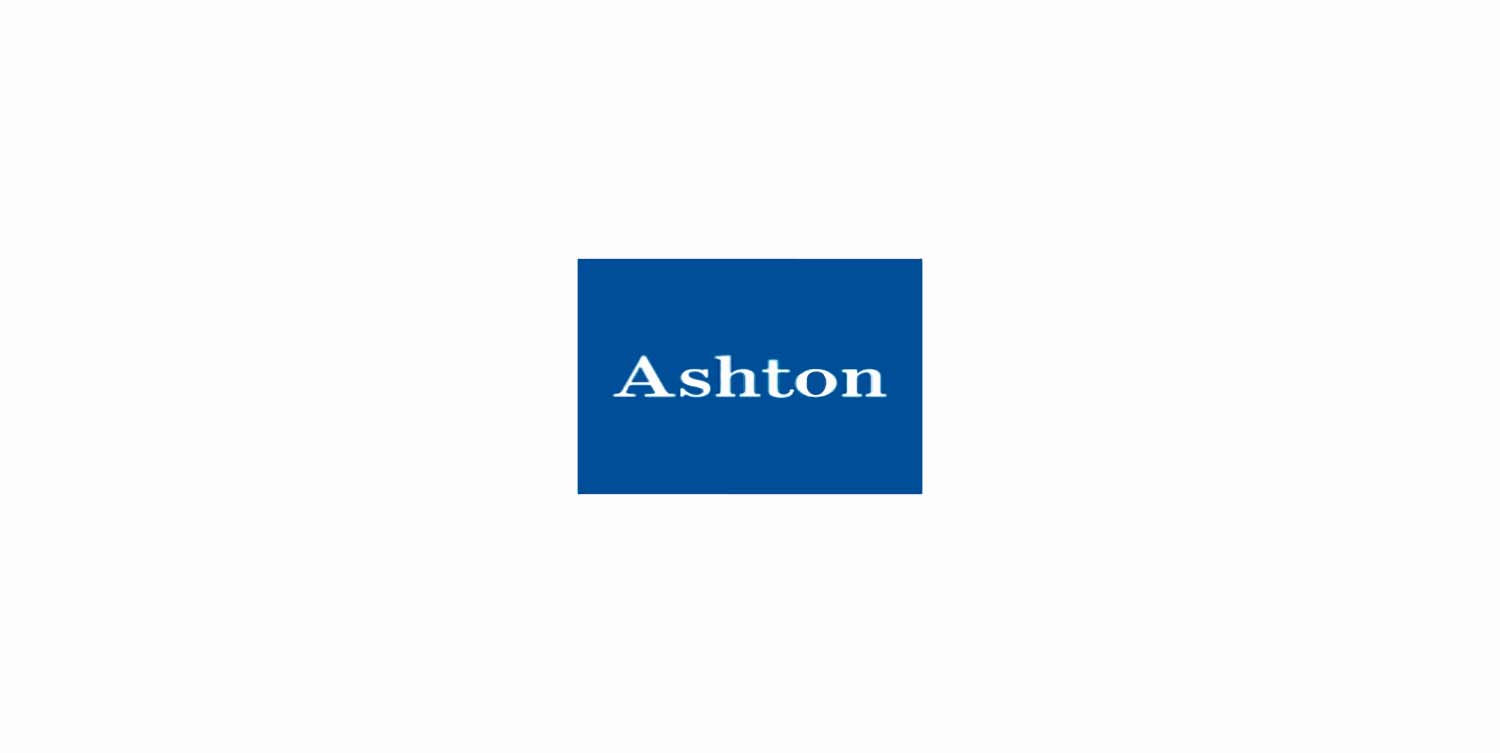A Guide to Filing Your Taxes in Canada
Published On:
February 17, 2025

Tax season is upon us, and while it might not be everyone’s favourite time of the year, the process doesn’t have to be a headache. Whether you’re filing for the first time or you’re a seasoned pro, understanding key deadlines, knowing your filing options, and keeping your documents organized can make things run smoothly. Here’s your essential guide to preparing for tax season in Canada.
Key Deadlines You Need to Know
First thing’s first – mark your calendar! Tax deadlines are non-negotiable and missing one could result in penalties. For most people, the tax-filing deadline is April 30, 2025, which falls on a Wednesday. If you owe taxes, make sure you file and pay by this date to avoid penalties and interest.
But what if you’re self-employed? The good news is that you get an extension, but there’s a catch. If you or your spouse/common-law partner are self-employed, you have until June 15, 2025 to file your taxes. Since June 15 falls on a Sunday, the CRA will accept returns postmarked or received by June 16, 2025. However, even though you have until June, if you owe money, you still need to pay by April 30, 2025 to avoid paying interest.
So, no excuses! Mark those deadlines, set reminders, and avoid the stress of last-minute filing.
Filing Methods: Choose What Works for You
When it comes to filing your taxes, you have options. Whether you’re tech-savvy or prefer the traditional approach, there’s a method that fits your style.
- E-Filing: The Quick and Easy Option
If you’re looking for speed and convenience, e-filing is the way to go. With certified tax software, you can file your taxes online from the comfort of your home. It’s fast (usually within two weeks), secure, and you’ll get your refund quicker. Plus, many software programs come with step-by-step guidance to make sure you don’t miss anything.
- Paper Filing: For the Traditionalist
Prefer a more old-school approach? You can still file on paper. Simply download the forms from the CRA website, fill them out by hand, and mail them. Keep in mind that paper returns take longer to process, and your refund might take up to 8 weeks.
- Auto-fill My Return: Save Time
If you’re using e-filing, the Auto-fill My Return feature is a lifesaver. This tool pulls data directly from your CRA account, like your T4 and other slips, to automatically fill out your return. It cuts down on mistakes and saves you tons of time.
Getting Your Documents Organized
There’s nothing worse than scrambling for papers when it’s time to file. Get ahead of the game by organizing your tax documents early. Here’s what you’ll need to get started:
- Income Slips: Gather your T4s (for employment income), T5s (investment income), T3s (trust income), or any other income-related forms you’ve received.
- Receipts for Deductions: These include receipts for RRSP contributions, charitable donations, medical expenses, childcare expenses, and any other eligible deductions you plan to claim.
- Other Supporting Documents: If you have rental income, self-employment income, or any other non-regular sources of income, make sure to include documentation for those too.
Once you’ve collected everything, separate them into categories like income and deductions so you can easily enter the information into your forms or tax software.
Staying Informed and Getting Help: Your Tax Filing Support
Tax laws are always evolving, and keeping up to date is crucial to ensure you don’t miss out on valuable deductions or credits. A great place to start is the Canada Revenue Agency (CRA) website, which regularly posts updates on changes to tax laws, credits, and tax rates. You can also check out their blog for helpful tips, announcements, and expert advice on how to navigate tax season.
In addition to the CRA, financial news outlets often report on significant shifts in tax policies or new deductions that could impact your tax filings. Keeping an eye on these sources will help you stay informed about the latest changes.
If you’re unsure where to begin or need expert assistance, you have plenty of resources to lean on:
- Tax Software: Many popular tax programs come with built-in guides, FAQs, and error-checking tools. These can make the process easier for first timers and seasoned filers alike, helping to minimize mistakes.
- Income Tax Courses: For those looking to deepen their understanding of tax rules, a structured Canadian Income Tax course can provide both theoretical knowledge and practical skills. These courses cover key topics such as income reporting, deductions, credits, and tax calculations, while also offering hands-on experience with tax software.
- Tax Professionals: If your tax situation is a bit more complicated, or you want peace of mind, working with a tax professional is a solid option. They can ensure you’re filing correctly, maximize your deductions, and give you expert advice tailored to your unique situation.
Wrapping Up: You’ve Got This!
Filing taxes doesn’t have to be stressful. By staying on top of deadlines, choosing the right filing method, organizing your documents early, and seeking help when needed, you’ll be able to handle tax season with ease. Don’t hesitate to use the many tools available, to help you file correctly and maximize your deductions. With a little preparation, tax season can go from stressful to manageable – and maybe even a little bit empowering. Happy filing!


View All Comments